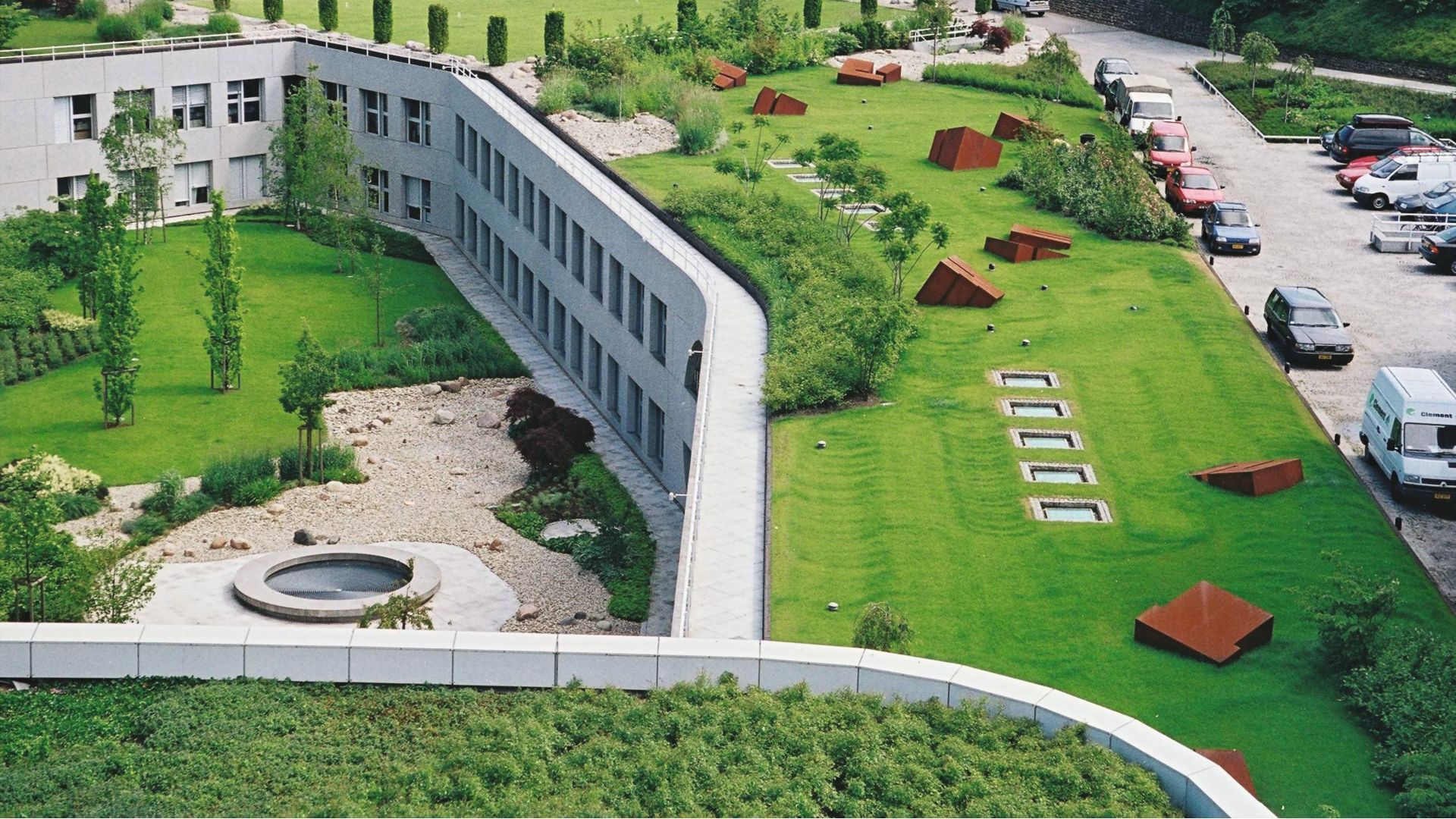08/09/2022
Sarah Peake, Sika UK Sustainability Manager, encourages specifiers to be mindful of the entire roof build-up when trying to achieve a totally sustainable system.
Is your green roof as sustainable as you think?
Green roofs are an innovative sustainable solution for forward-thinking building owners, architects and specifiers, but even their exceptional sustainability credentials can be improved upon. When looking for the most environmentally-friendly roofing system possible, you should be asking yourself the question: is your green roof system as eco-friendly as it could be?
With companies striving to meet Net Zero targets and reduce carbon emissions, every aspect of a business – including the buildings and facilities it operates within – are being analysed from top to bottom in terms of sustainability and carbon output. The expectations we have of sustainable roofing systems are high, as building owners look to reduce their environmental impact and move towards a greener, eco-friendly future.
A green roof is a natural solution to an urban problem of heat islands, flooding and carbon emissions: at this stage, the benefits and sustainability credentials of green roofs are well documented and widely known. The entire roof build-up, however, has not received the same scrutiny. When we think of green roofs, it’s the uppermost layer of vegetation that comes to mind. But there is a whole system lying beneath that comprises the entire roof, from structural support and insulation to the waterproofing membrane.
If these components are not as environmentally friendly as the vegetative layer, is it truly a sustainable roofing system? Green roofs require a waterproofing membrane that acts as a dual-barrier; protecting the building against both water and root damage. This roofing membrane is an essential component of the roof build-up, and a green roof would not be viable without it. It seems clear, then, that to achieve a truly sustainable roof build-up, specifiers and architects need to ensure that this roofing membrane, which is integral for all green roofs, is as environmentally friendly as the system that sits above it.
Various technologies can be utilised in cohesion with a green roof, but it’s a single ply membrane, Sarnafil® Advanced Technology, that offers a total sustainability package when used in conjunction with a green roof system. Market-leading roofing manufacturer Sika developed this technology with sustainability in mind, and it is the first and only single ply roofing membrane in the UK to meet the strict criteria of a Cradle to Cradle® Silver Certification – a globally trusted stamp of approval.
A Cradle to Cradle Certification is an asset for specifiers, architects and building owners, as it offers assurances from a third-party organisation that a product is sustainable. Sustainability can appear difficult to measure, but Cradle to Cradle provides a quantifiable method of analysis. The evaluation process works by stringent testing in five separate categories: Material Health, Material Reutilisation, Renewable Energy Use, Water Stewardship, and Social Fairness. Only products that excel in all five will be awarded a Cradle to Cradle Certification, establishing an incredibly high bar for manufacturers.
By combining two sustainable technologies into a single total roofing package, you will be one step closer to reaching Net Zero targets and aligning with United Nations Sustainability Goals, while also building a roofing system that is reliable in practical terms, lasting for decades. Most importantly, you can be confident that the roofing system you have installed has unmatched sustainability credentials, and become part of a growing movement to prioritise environmental wellbeing in the construction industry.

